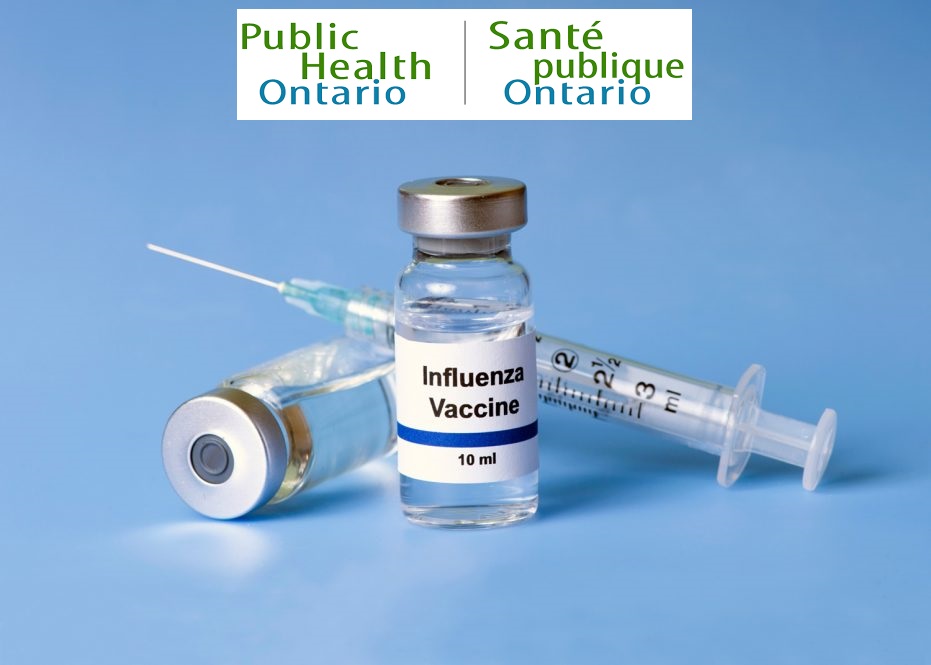
CAR T Cell Therapy: A Breakthrough in Cancer Immunotherapy
October 4, 2023
How to Embrace ‘Exercise Snacks’ for Better Health and Fitness
October 4, 2023Gene therapy is a revolutionary approach to treat or cure diseases by modifying the genes of cells. Gene therapy can target the root cause of a disease, rather than just its symptoms, and offer long-lasting or even permanent benefits. Gene therapy has been advancing rapidly in recent years, with several breakthroughs and approvals that have demonstrated its potential to transform medicine.
The Evolution of Gene Therapy
Gene therapy has been evolving since the first human trial in 1990, when a four-year-old girl with a rare immune disorder received a gene therapy treatment at the National Institutes of Health (NIH). Since then, gene therapy has faced many challenges, such as safety issues, ethical concerns, technical difficulties, and regulatory hurdles. However, gene therapy has also made significant progress, especially in the last decade, with the development of new tools and techniques to deliver genes more efficiently and precisely.
One of the most important innovations in gene therapy is the use of viral vectors, which are modified viruses that can carry genes into cells. Viral vectors can be engineered to target specific cell types, avoid immune responses, and achieve stable gene expression. Some of the most commonly used viral vectors are adenoviruses, retroviruses, lentiviruses, and adeno-associated viruses (AAVs).
Another major advancement in gene therapy is the emergence of gene editing, which is the ability to alter or correct genes within cells. Gene editing can be achieved by using molecular scissors, such as zinc finger nucleases (ZFNs), transcription activator-like effector nucleases (TALENs), or clustered regularly interspaced short palindromic repeats (CRISPR)-Cas9. Gene editing can be used to knock out, insert, or replace genes that are defective or harmful.
The Impact of Gene Therapy
Gene therapy has shown remarkable results in treating or curing various diseases, especially rare genetic disorders and cancers. According to the Alliance for Regenerative Medicine (ARM), there are more than 1,000 clinical trials of gene therapies worldwide as of 20231. Some of the most notable examples of gene therapies are:
- Zolgensma: This is an AAV-based gene therapy that delivers a functional copy of the SMN1 gene to patients with spinal muscular atrophy (SMA), a devastating neuromuscular disease that causes muscle weakness and paralysis. Zolgensma was approved by the FDA in 2019 and has been shown to improve survival and motor function in SMA patients2.
- Luxturna: This is an AAV-based gene therapy that restores vision in patients with inherited retinal dystrophy caused by mutations in the RPE65 gene. Luxturna was approved by the FDA in 2017 and has been shown to improve visual acuity and light sensitivity in patients3.
- Kymriah and Yescarta: These are CAR-T cell therapies that use genetically modified T cells from patients to target and kill cancer cells. Kymriah was approved by the FDA in 2017 for acute lymphoblastic leukemia (ALL) and in 2018 for diffuse large B-cell lymphoma (DLBCL). Yescarta was approved by the FDA in 2017 for DLBCL. Both therapies have been shown to induce durable remissions in patients who have failed other treatments4.
The Future of Gene Therapy
Gene therapy is expected to grow exponentially in the next few years, with more approvals, innovations, and applications. Some of the trends and opportunities that could shape the future of gene therapy are:
- Expanding indications: Gene therapy could be applied to more diseases beyond rare genetic disorders and cancers, such as cardiovascular diseases, neurological diseases, infectious diseases, and aging-related diseases.
- Improving delivery: Gene therapy could benefit from new delivery methods that are more efficient, precise, safe, and scalable, such as non-viral vectors, nanoparticles, exosomes, electroporation, and microfluidics.
- Enhancing outcomes: Gene therapy could achieve better outcomes by combining with other modalities, such as stem cell therapy, immunotherapy, nanotechnology, artificial intelligence, and digital health.
- Increasing accessibility: Gene therapy could become more accessible by reducing costs, increasing reimbursement, improving manufacturing, optimizing logistics, and educating stakeholders.
Gene therapy is changing medicine by offering new hope and solutions for patients with unmet medical needs. Gene therapy is also challenging medicine by posing new questions and issues that require collaboration and innovation from all stakeholders. Gene therapy is not only a scientific breakthrough but also a social responsibility that demands ethical standards and public engagement. Gene therapy is not only a treatment but also a vision that inspires us to imagine a better future for humanity.
hope for a healthier and brighter future.




